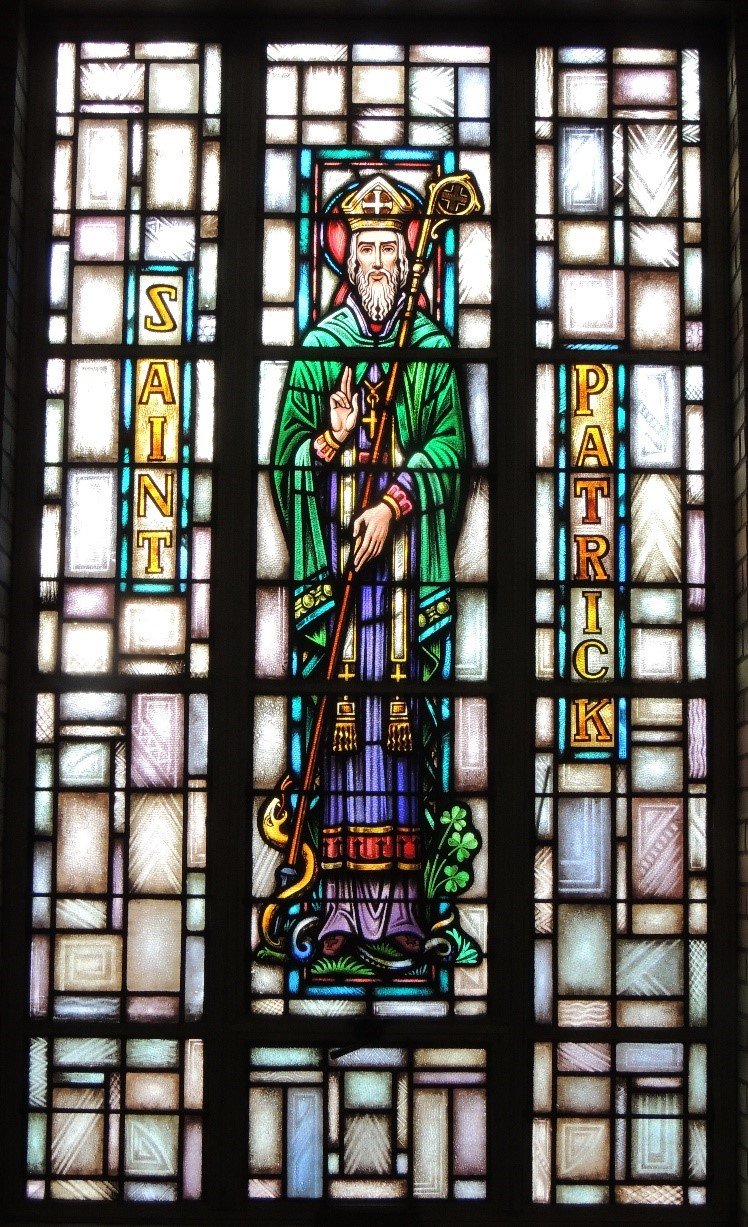St. Patrick
St. Patrick was born Magonus Sucatus Patricius, around 385. The name Patrick (patrician) means a citizen, or countryman, and often refers to a person of aristocratic breeding.
At the age of sixteen, Patrick was captured by Irish pirates and sold into slavery. Patrick endured six years of isolation, during which he became increasingly religious. He considered his kidnapping and imprisonment as a punishment for his lack of faith and spent a lot of time in prayer.
Patrick escaped and made his way to Britain where he rejoined his family. At around the age of 22, Patrick began studying in the monastery of Lerins under the tutelage of S. Martin of Tours, and later under St. Germanus.
For twenty years he travelled the length and breadth of the island, baptizing people and establishing monasteries, schools and churches as he went.
Having previously lived and worked there, he was very probably already aware that the number three held special significance in Celtic tradition (and, indeed, in many pagan beliefs), and he applied this knowledge in a clever way. He used the shamrock, a three-leaved clover which grows all over the island, to explain the Christian concept of the Holy Trinity, the theory that God the Father, God the Son and God the Holy Spirit are each separate elements of just one entity.
St. Patrick would visit the mountain of Croagh Patrick to spend the forty days of Lent in fasting and prayer, praying that Ireland would remain forever faithful to the truths of Christianity.
Patrick died in March, 461 and his cult began soon after his death. His stained glass window is imaged with the crozier, symbol of his status as a Bishop, along with the legendary snakes, and the three-leaf clover










